Basic Information:
Title of the Project: Social, Institutional and Economic Empowerment of the Rural Communities (SIEERC)
Duration of the Project: 20 September 01, 2015 to June 30, 2018
Funded By: HELVETAS SWISS INTERCOOPERATION Bangladesh
Project status: Ongoing,
Project Goal/Objective:
Selected rural communities in the Chittagong Hill Tracts (CHT) have improved their economic situation in a sustainable way; poor women and men are capacitated and empowered to actively participate in and benefit from the economic activities, to improve their situation with regard to water, sanitation and hygiene, to know their rights and to claim them from the duty bearers who have been made aware of their obligations and strengthened to deliver services.
Project Approach:
Markets Work for the Poor (M4P) approach:
SIEERC project follows M4P approach. It identifies systemic problems of markets and addresses them through bringing together incentives and capacities of 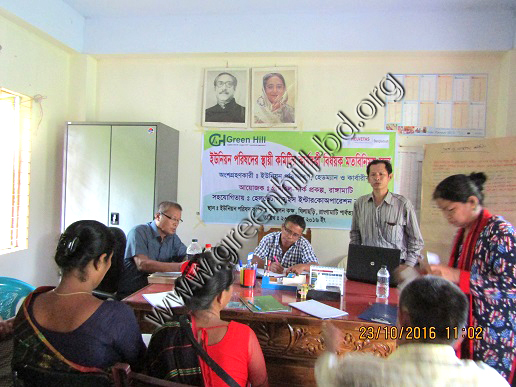 market actors. SIEERC facilitates in addressing underlying problems in the value chains to support the poor and very poor for their economic empowerment through develop them as entrepreneur and skilled labor for employment. The process starts with understanding the market systems that the poor live and work. The project uses existing actors, and in particular private sector enterprises, as important players to change or improve the market systems. These actors are incentivized to work with the Local Service Provider (LSP) and their association, traders & inputs providers.
market actors. SIEERC facilitates in addressing underlying problems in the value chains to support the poor and very poor for their economic empowerment through develop them as entrepreneur and skilled labor for employment. The process starts with understanding the market systems that the poor live and work. The project uses existing actors, and in particular private sector enterprises, as important players to change or improve the market systems. These actors are incentivized to work with the Local Service Provider (LSP) and their association, traders & inputs providers.
Rights based approach:
HELVETAS considers the community people more as rights holders than as persons in need. It also works with local duty bearers, mainly the traditional authorities and local government representatives and strengthens them so that they can better comply with their obligations. The project will be focusing on three types of rights: a) the right for legal protection and equitable services, b) the right to information and. Consequently, rights will be promoted bottom-up through awareness creation, capacity building and empowerment
Advocacy approach:
Through strengthening beneficiaries and partners they shall be enabled to influence policies and decisions. Advocacy will functions bottom-up from evidence gathered at the community, village and union level. It is expected that the project can after some time get involved in a sort of policy-dialogue at the level of Chittagong Hill Tracts.
Major Intervention:
Value chain development:
SIEERC facilitates market systems changes or improvements through engaging existing market actors. This occurs by 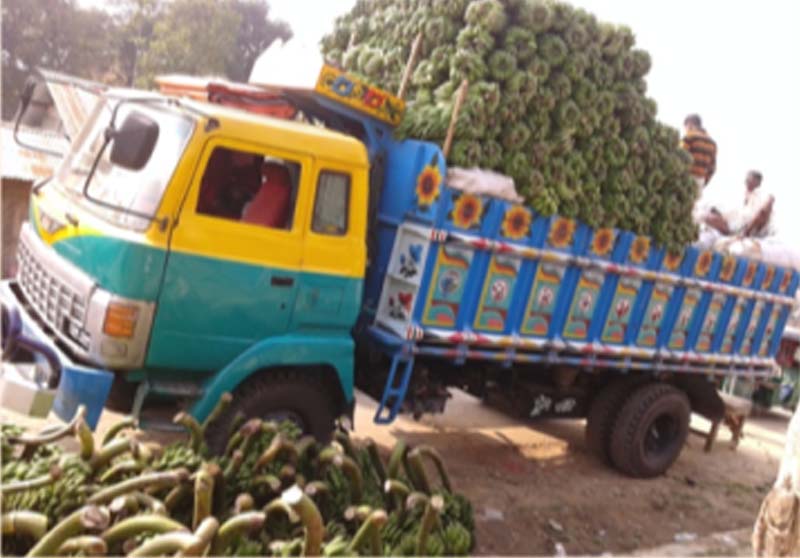 understanding the context that the poor and extreme poor lives for effectively using existing opportunities and addressing constraints. The project selects value chains in banana, turmeric and ginger.
understanding the context that the poor and extreme poor lives for effectively using existing opportunities and addressing constraints. The project selects value chains in banana, turmeric and ginger.
Private rural service provision:
SIEERC promotes the development and strengthening of affordable, demand responsive and quality rural service provision. The project facilitates the capacity development of Local Service Providers (LSP) who is organized in Service Providers' Association (SPA) at the sub-district levels. The LSP and Service Provider Association act as a hinge between poor producers, private sector entities and Government line agencies, helping poor and extreme poor to enter and successfully act in markets.
Social and Institutional Empowerment:
The project have provisions for social development of the disadvantaged communities through enhancing knowledge and practices on WASH, adult literacy, awareness building on their rights and entitlements that ensures their empowerment. On the other hand, both the traditional system and local government administrative system holders are being capacitated to respond to the demands of the indigenous communities. At the same time, the communities are becoming aware of their rights.
Geographical Coverage: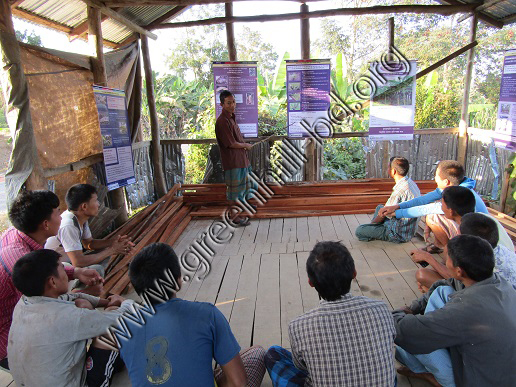
The project covers 2 Upazila focusing on 6 unions in Rangamati Hill District and 2600 HHs are in target of 80 villages.
| Table: Geographical Coverage | ||
| SL | District | Upazila |
| 1 | Rangamaati | Rangamati Sadar |
| Naniarchar | ||
| Total | 1 | 2 |
Achievement:
Throughout the project life cycle, Green Hill produced a good number of achievements that is follows:
- 29 numbers of technical sessions on selected value chain (Banana & Turmeric value chain) have been conducted at Producer organization level. PO paid at least 30% of total cost and gradually POs will increase the charge (30%→60%→100%). Project will withdraw support within one year. Total cost of per session-350 taka (LSP service charge 200 Taka, materials cost=150 taka. Where 283 (M-222, F-61) participants participated.
- 160 numbers of MSE groups/producer groups have been formed through trained LSPs where 2402 producer farmers included on Banana value chain and 1835 producer farmers included on Turmeric value chain. 160 numbers of business plans have been developed through trained LSPs where 359 (M-294, F-65) participants participated.
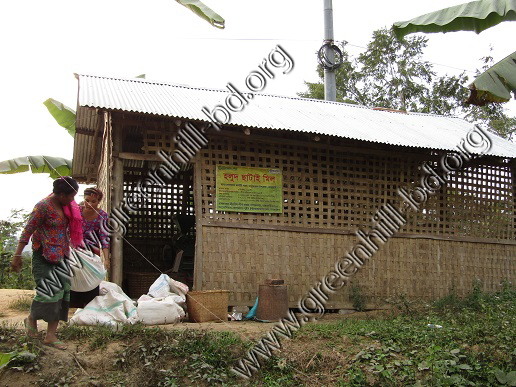
- 20 producer farmers have been received grant support for establishment of demonstration plot on mix crop and medicinal plant cultivation. 4 FFDs have been organized where 97 (M-54, F-43) producer farmers participated.
- 5 numbers of producer farmers have been received grant support for establishment of vermi compost/compost and organic fertilizer plant and 2 FFDs have been organized where 74 (M-49, F-25) participants participated.
- 43 numbers of trainings have been conducted on transfer skills of improved agricultural technologies to the producer farmers through organizing training at community level by LSPs where 400 (M-311, F-89) participants participated.
- 2 groups of extreme poor women has been received grant support for poultry farming and 23 female included.
- 754 beneficiary households are getting access into processing of their turmeric through SIEERC project supported establishment of turmeric processing mill at local level and extra 2 processing mills have been established by the community own initiative in the project areas.
- MRM (Monitoring and result measurement) data collection through interview and FGD method. Use of these method sampling data collected from 12 HHs non-producer households, 24 HHs producer households, 4 producer groups, 4 VDCs, 4 UP secretaries and 4 LSPs.
- 3 numbers of adult literacy centers have been established and 45 (M-2, F-43) learners have been completed adult literacy classes successfully (for 3 months/each group).
- 66 numbers of water option Installed newly through fruitful linkage between VDCs and Ups. 419 numbers of hygienic latrine installed newly through CLTS method application and 892 latrine upgradation from unhygienic.
- 18 numbers of capacity building trainings has been conducted on institutional development and resource mobilization at VDC level where 281 (M-205, F-76) participants participated.
- 31 numbers of awareness raising training has been conducted on roles, responsibilities and services of Ups, Karbari and Headmen at VDC level where 622 (M-387, F-235) participants participated.
- 2 numbers of awareness raising training has been conducted on roles, responsibilities and services of Ups, Karbari and Headmen at producer level where 52 (M-37, F-15) participants participated.
- 3 numbers of trainings have been conducted on planning, budgeting and resource mobilization and RTI among Ups, Karbari, Headmen where 72 (M-60, F-12) participants participated and all ward sova, planning, budget & resource map has been prepared based on priority of the people demand under 2 selected unions (Sapchari & Ghilachari union).
- 3 numbers of trainings have been conducted on the functioning of the standing committees of the UP bodies where 58 (M-45, F-13) participants’ participated and all standing committees and UDCC has been reformed under 2 selected unions (Sapchari & Ghilachari union).
Learning Obtained:
Throughout the project life cycle, Green Hill gained a good number of learning that is follows:
- Value chain analysis is good tool to identify appropriate value chain/promising products for farmers by involving different type of actors.
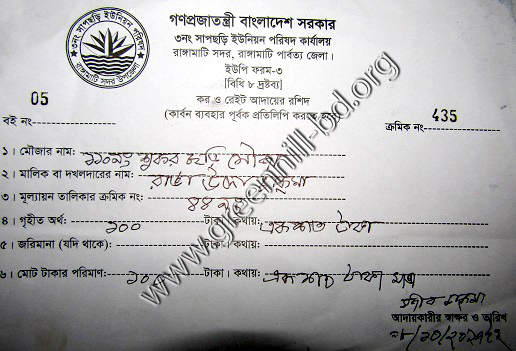
- As a result of receiving technical skill development training, improved knowledge and increased eagerness to use improved agricultural technologies among producer farmers as well as they seem that their production is increasing day by day. Even creating environment among them to pay service fee to the LSPs.
- The community people have high demand for literacy and numeracy and they seem that time frame should be increased up to 6 months instead of 3 months.
- Mixed cropping production is one of the best practices for livelihood improvement of poor households.
- As per the summary of advocacy workshop participant’s views, it is found that the Govt. and non Govt. should jointly work to foster development and on the other hand, local initiative/contribution from the community is very important to sustain development support. They also given consent to extend their assistance to the producers as much as possible where needed.
- It is observed that awareness is increasing among the TCLs and producers to pay holding tax, non-holding tax and other fees to the Ups and tax collection has been started through the recruited collectors. Some LSPs and VDC members have also been included to the process. So far, TK. 128750 out of 270000 TK. Holding tax has been collected.

